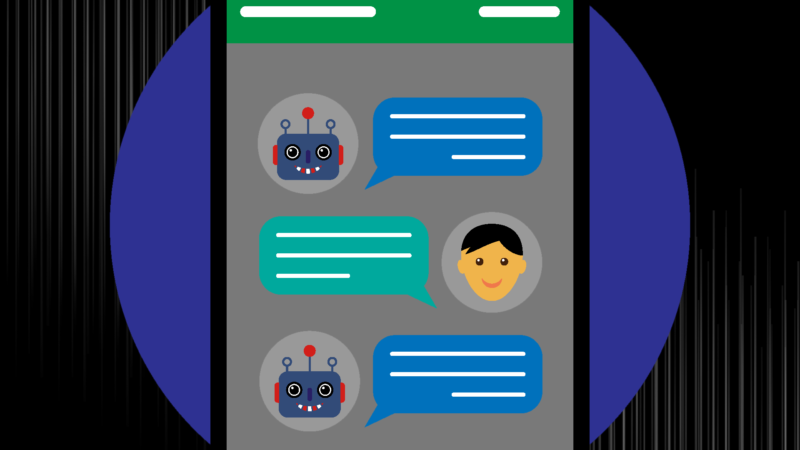
5 small changes that drastically improve chatbot conversations
5 small changes that drastically improve chatbot conversations https://csuiteold.c-suitenetwork.com/wp-content/uploads/2017/09/5-small-changes-that-drastically-improve-chatbot-conversations-1.jpg 929 546 C-Suite Network https://csuiteold.c-suitenetwork.com/wp-content/uploads/2017/09/5-small-changes-that-drastically-improve-chatbot-conversations-1.jpg
Image Credit: maxuser / Shutterstock
The current chatbot renaissance has provided a revolutionary new way to connect consumers with brands and with each other. That said, chatbots are still in a bit of a growth phase. Bot makers are still learning how to make their bots successful, and users are still getting a grasp on what bots can do and how to use them.
One of the big challenges for many bot makers is how to emulate human conversation in their chatbot’s responses. Some bots entirely miss the mark, offering the user little more than a digital menu on a website. When conversing with a bot falls flat, what is a bot maker to do? The answer is simple. Implement a few small changes to make the chatbot feel more human.
A bot with strong conversational skills plays into our sci-fi dream of having digital assistants and companions that are indistinguishable from humans. While that future is still pretty far away, here are steps you can take right now to improve your chatbot’s conversation skills.
1. Use NLP to understand colloquial language
Consider the way you write when texting friends. You probably use a lot of abbreviations and a fair amount of slang, and autocorrect almost certainly jumbles your message once in a while. You might also respond with sentence fragments. Because we communicate so differently in messaging apps from the way we do in spoken conversation, it’s important that your bot understand a message despite errors in grammar and spelling.
If your bot is on rails, it will fall short in this area. To dramatically enhance a chatbot’s conversational skills, you’ll need to use natural language processing. Natural Language Processing (NLP) will enable your bot to understand whatever users throw at it, making the chatbot feel more human in its ability to carry a conversation.
In addition to setting up NLP, you should check your chatbot analytics frequently. This will help you discover bottlenecks or places where the bot becomes confused about what users are saying. Because internet slang changes constantly, check the analytics often to ensure your bot understands new words, and then train as necessary.
2. Add empathy to chatbot responses with sentiment analysis
Sentiment analysis is important if you want to improve your chatbot’s conversational skills. It helps the bot respond empathetically to frustrated users and prioritize sensitive situations. If a user is especially angry or sad, for example, your bot should switch to more sensitive…






